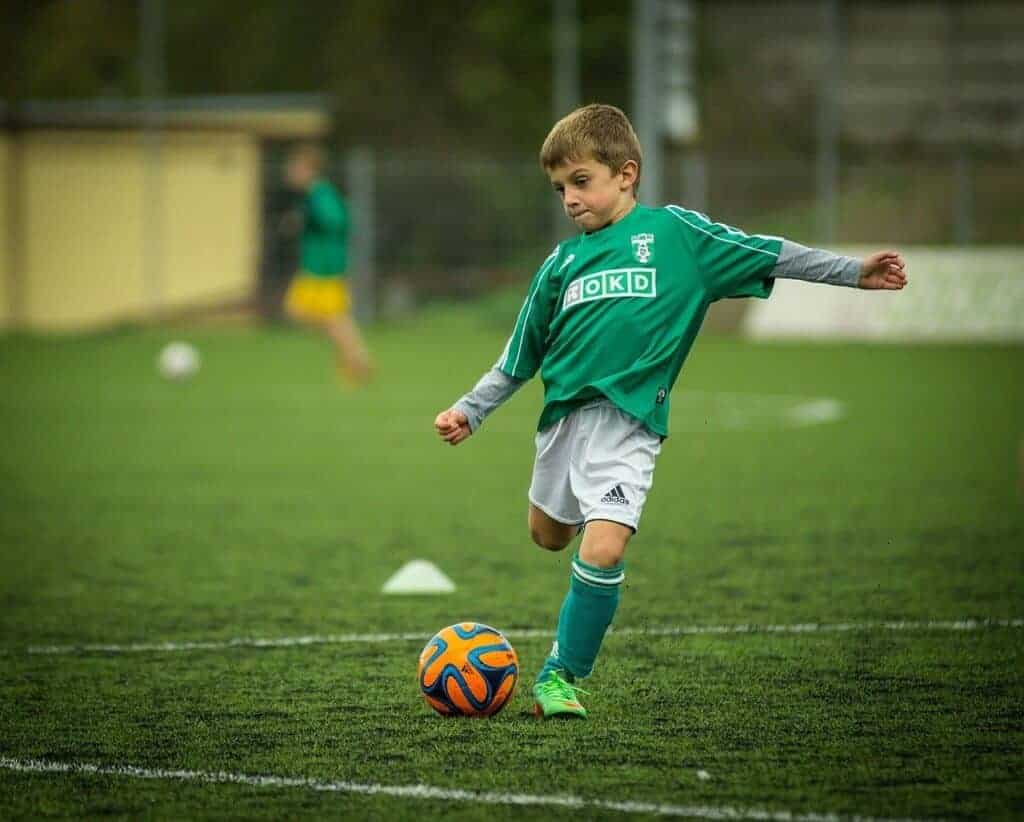
The FA have updated their Heading Guidance, which will be introduced immediately, and will provide grassroots Clubs, Coaches and Players with the recommended heading guidance for training sessions. The guidance does not make any changes to the way matches are played.
Following the publication of The FA and PFA joint-funded FIELD study in October 2019, The FA established the independently-chaired Research Taskforce to guide on possible changes to heading coaching, review concussion management protocols, and advise on future research projects.
Although there was no evidence in the FIELD study to suggest that heading the ball was the cause to the link with incidence of degenerative neurocognitive disease, to mitigate against any potential risks, the updated Heading Guidance has been produced in parallel with UEFA’s Medical Committee, which is seeking to publish Europe-wide guidelines later this year. The Irish FA and the Scottish FA will also adopt the same Heading Guidance.
The updated Heading Guidance includes:

• Heading Guidance in training for all age groups between Under 6 and Under 18
• No heading in training in the foundation phase [primary school children]
• Graduated approach to heading training for children in the development phase between Under 12 to Under 16
• Required ball sizes for training and matches for each age group
• No changes to heading in matches, taking into consideration the limited number of headers in youth games
FA Chief Executive, Mark Bullingham, said: “This updated Heading Guidance is an evolution of our current guidelines and will help coaches and teachers to reduce and remove repetitive and unnecessary heading from youth football. Our research has shown that heading is rare in youth football matches, so this guidance is a responsible development to our grassroots coaching without impacting the enjoyment that children of all ages take from playing the game.”
Implications for Physical Education
- In primary (U7, U8, U9, U10, U11) physical education lessons and afterschool clubs heading should not be introduced
- In year seven and eight (U12,U13) heading remains a low priority and a maximum of 5 headers is advised.
- In year nine, ten and eleven heading continues to be a low priority and a maximum of 10 headers is advised.
- In year twelve and thirteen (U18) Heading drills should be reduced as far as possible, taking into consideration the heading exposure in matches.
Whilst heading remains part of the game it is advised that specific heading drills are avoided / managed accordingly to reduce excessive heading occurrences. It is also important that balls are not over inflated and the correct size for the age group.
More Information
For more information please download the FA heading guidance and Q&A sheet below:


Responses